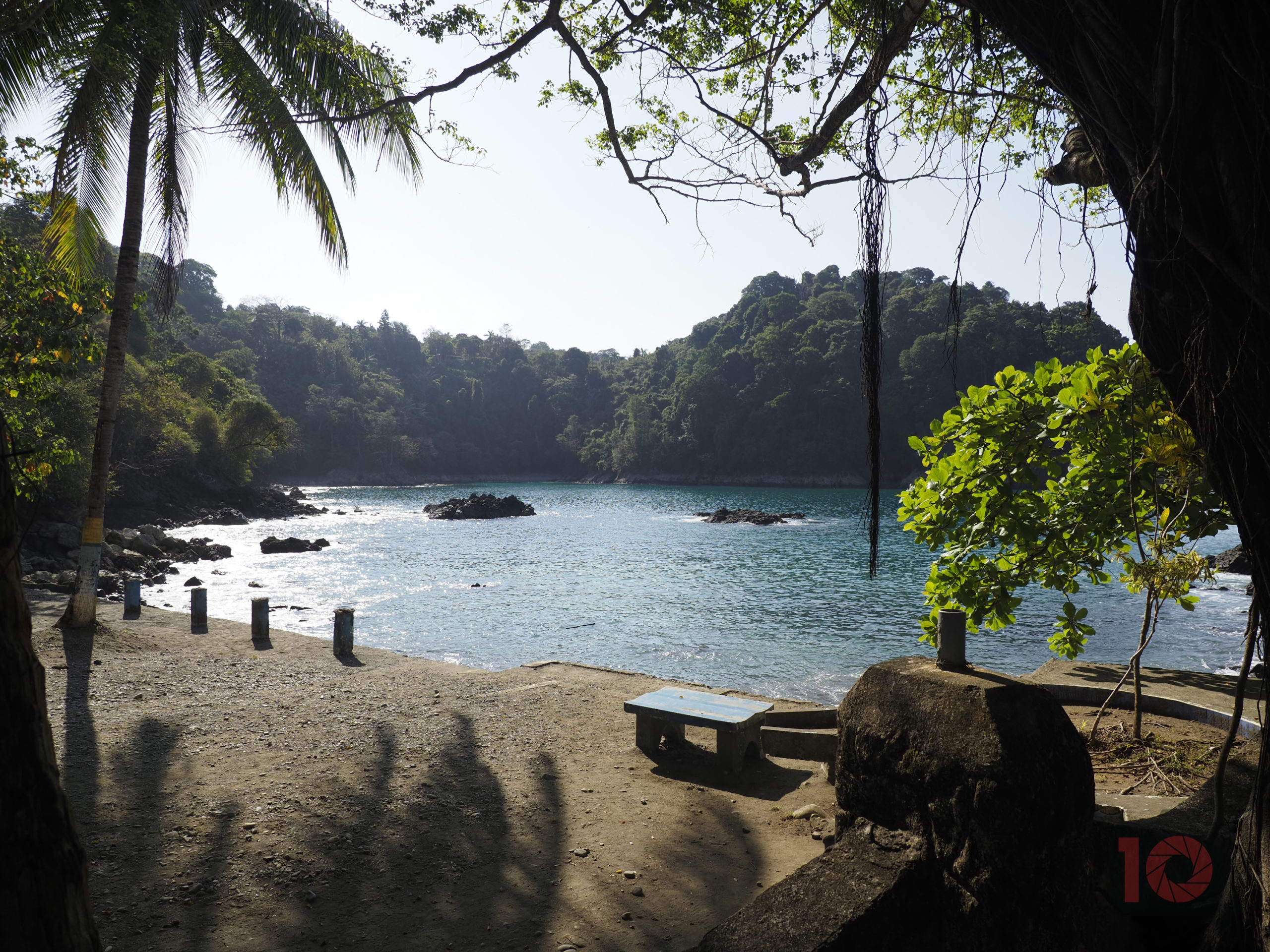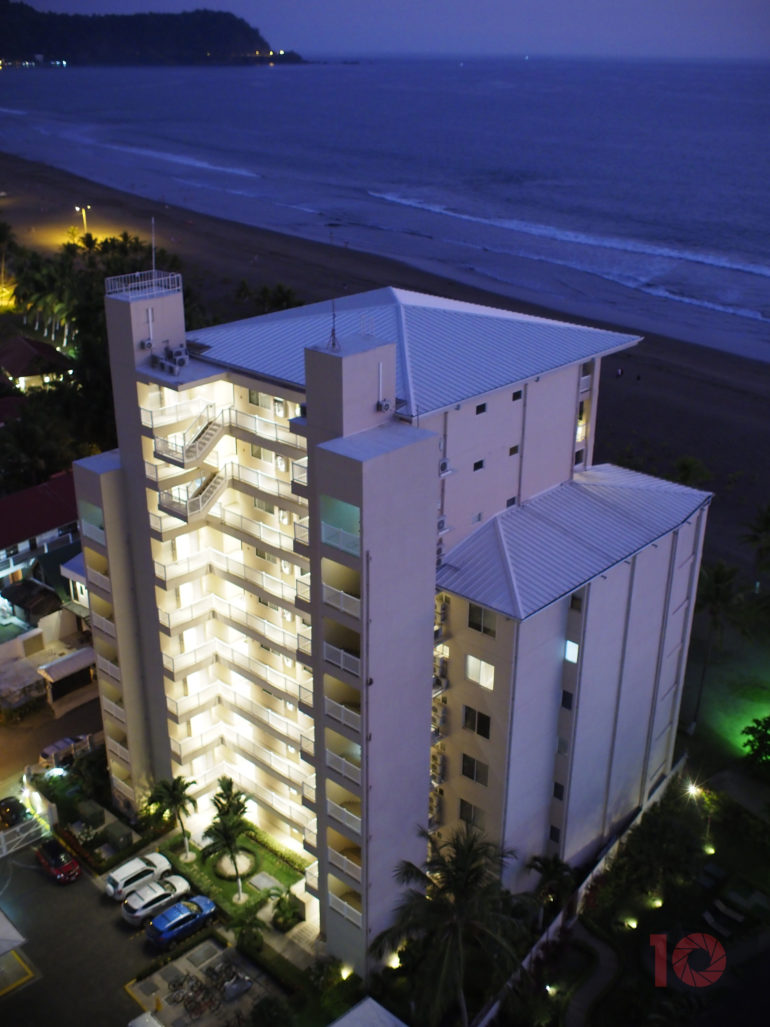No, don’t sit there and just click past this blog post. Stop and listen. We need to talk to you about Latin American photographers and representation as the camera companies look at Latin America as a potentially huge market. They’re targeting it with stuff like contests and much more. But the truth is that the contests seem to be run by folks who don’t understand a market and apply all their thoughts to it instead. And truthfully, how many times has that worked in history? Have we learned nothing?
Subscribers get some sweet perks and are automatically entered into contests!. Download our app for iOS, iPad, and Android and get no banner ads for $24.99/year.
Before you go on, please note that I feel this is one of the most important pieces I’ve written in years.
The Subjects in Question
What’s in question here are a few contests and galleries I’ve seen recently. One is conducted by the Sony World Photo awards and has been done many times. According to their website, when you click on How to Enter, it says the following:
“*Please note: to be considered for the Latin America Professional Award, participants must have the nationality of one of the following Latin American countries and reside in any of these during the period of the award (June 1, 2022 – January 2023) Argentina, Chile, Colombia, Ecuador, Mexico and Peru.”
If you don’t know any better, I forgive you in the same way I forgive Sony this time. But we’ll get to how you and Sony can both do better for Latin American Photographers. Then, there’s the Bronx Documentary Center who, granted, isn’t as much of an offender. But in a recent newsletter, they stated:
“The Bronx Documentary Center (BDC) will hold its 5th Annual Latin American Foto Festival (LAFF) from July 14- 31, featuring large-scale photographs by both emerging and established, award-winning photographers displayed throughout the South Bronx’s Melrose neighborhood. The Festival includes works from Colombia, Argentina, Chile, Venezuela, Mexico, El Salvador and more–photographs representing long-term projects on family, memory, culture, and other social issues. As part of the festival, the BDC will hold in-person workshops, tours, panel discussions, and other community events.”
Before I go on, note that I celebrate and praise both companies for their efforts. But there needs to be more done.
What Is Latin America?
Let’s think about what Latin America is, as I’m not certain most people know. Last year, I went on a date with a woman who said that Mexico was in South America. Another stated that Central America is a continent. Considering the amount of geographic illiteracy many Americans have, sometimes I need to just take a breath and try to explain things to them kindly.
This, however, is tied to identity in the same way that you may tie yours to some other country or roots. Let’s explore these one by one. Please follow along very carefully and read this over and over again.
Where is Latin America? Here in the United States, I was taught that Latin America is essentially anywhere below Texas, Florida, and the southern states. It’s been a real issue for others and I. So Mexico and everything else is considered Latin America. This includes the Caribbean. Even Encyclopedia Brittanica says this.
The Caribbean is called so because it was colonized by the English, Dutch, and French. However, it’s still part of Latin America as well.
I’m an American citizen born and raised in Queens, NY. My parents are Guyanese from Guyana in South America. Not African, we’re from South America which is also defined as Latin America. Guyana, like Jamaica, was a British colony. My ancestors were tricked into indentured servitude (modern slavery) and brought to the Caribbean. We speak English, but we’re considered Latino.
What does it mean to be Latino/Latina? This means you’re from Latin America. If you’re from Spain, you’re not either of these, but you speak a Romance language (the languages that derive from Latin).
What does it mean to be Hispanic? This means you speak Spanish. People from Spain are Hispanic. Venezuelans who speak Spanish are Hispanic.
Can You be Latino/Latina and not be Hispanic? Yes. Brazilians are not hispanic because they speak Portuguese. However, they’re located in Latin America. My people are Latin, but we’re not Hispanic in the same way that Brazil, Trinidad, Jamaica, Barbados, Haiti, and others are.
So what’s the point knowing all this? The BDC could’ve solely focused on just those countries, but I’d hope that they opened their Festival to folks from all over Latin America. However, even Brazil isn’t on that list, and so it looks like they’re focusing on Spanish speaking countries.
Sony says they’re doing an award for Latin America without being inclusive to all of Latin America. Instead, they’re just focusing on hispanic countries.
Now here’s the question: Why? Are they saying there are no good photographers in Brazil, Trinidad, Guyana, Jamaica and the rest of Latin America?
Do Better to Latin American Photographers and Representation
Companies around the globe need to do better. Why would the rest of Latin America be neglected in contests and festivals like these? Why is it that only Spanish-speaking countries get representation when the rest don’t? We’ve all been very oppressed people. Guyana itself is a mash up of oppressed people coming from Africa, India, China, Portugal, as well as the natives.
If you think this isn’t important, let me shake this up for you in a way that photographers can understand. This is just like:
- Saying you like Leica but neglecting their entire history of M-series cameras only to focus on the SL series
- Saying you like Nikon cameras but only liking the film cameras
- Saying Kodak makes amazing film but only ever shooting with Portra
- Saying you study and follow landscape photographers but completely ignore Ansel Adams
- Saying Canon makes great cameras but refusing to acknowledge what they do for APS-C
- Saying Sony cameras are the best when you’ve never spent any time with other brands
I could go on. I know someone who said Brooklyn feels a specific way without acknowledging the deepest, most dangerous parts of it. You get the point. It’s not being inclusive, and the statements don’t reflect well.
Instead of having people turn to companies and organizations, and celebrate their efforts, it could easily just make Latin American photographers turn their backs on them instead.



